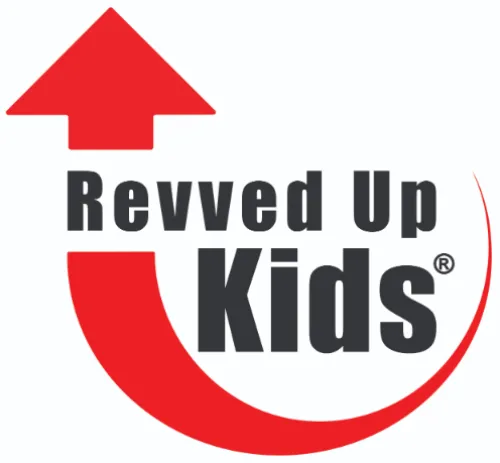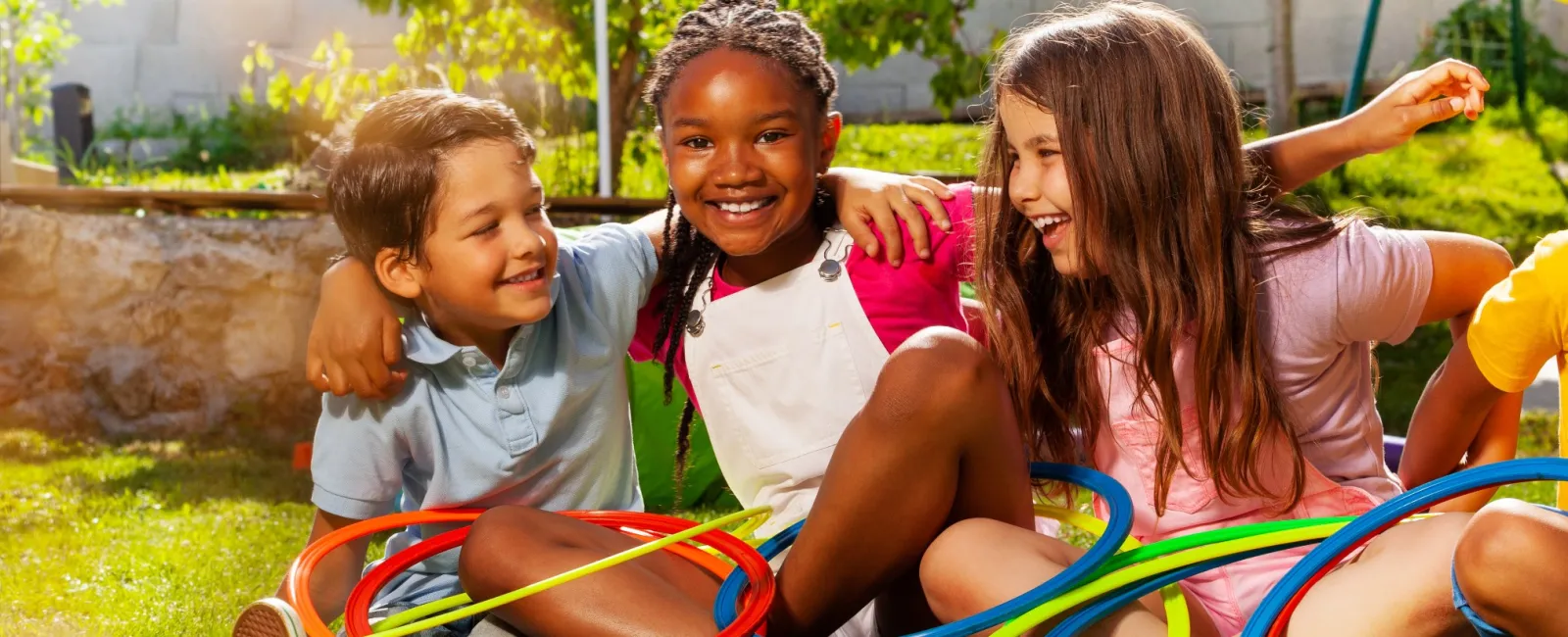Is your child's activity provider safe?
Summer brings lots of opportunities for kids to engage in
new activities, meet new friends, have new experiences. As you're planning your
child's activity schedule, is safety on your radar?
FACT: Sexual predators gravitate to youth-serving
organizations, especially those that don't have strong child safety policies
and protocols.
Is your child's activity provider concerned about this? Put them to the test! Give them one point for each "yes" answer.
1.
Do you see anything on the activity provider's
website about child safety?
2.
Has the activity provider earned accreditation/certification
from their professional association? (Example: Quality Rated childcare
provider)
3.
Does the activity provider conduct background
screens on all employees AND volunteers, including sex offender registry
screening?
4.
Do employees and volunteers participate in
mandatory child safety training and does it include sexual abuse prevention
training and mandated reporter training?
5.
Does the activity provider have a thorough
process for handling reports of abuse and does it comply with the law?
6.
Do employees and volunteers sign a child safety
code of conduct?
7.
Does the child safety code of conduct include
rules about online interactions with the children served by the activity
provider?
8.
Does the activity provider have a written policy
that prohibits one-on-one interactions between staff members and children?
9.
Does the activity provider have security cameras
that record the activities on their premises?
10. Are
the small groups of children supervised by at least two staff members at all
times?
11. Are
the restroom doors propped open?
12. Does
the activity provider have rules for the children about their conduct with each
other (i.e. personal boundaries, no unwanted physical contact, no bullying,
etc.) and are these rules clearly communicated with all of the children and the
parents?
13. Does
the activity provider have a formal process for check-in and check-out?
14. Does
the activity provider ask for a written list of people with permission to pick
up your child?
15. Does
the activity provider make their child safety policies and protocols available
in writing upon request, or include them in the participant registration
materials?
16. Does
the activity provider's space "feel" safe, clean and comfortable to you?
How does your activity provider stack up?
16 points = this provider is doing everything they can to
keep your child safe
11 - 15 points = this provider is making strides, look at
where they're missing the mark and decide how much of a concern it is for you
before enrolling your child
6 - 10 points = this provider is behind the curve and needs
to do a better job, your child's safety may be compromised in this environment
0 - 5 points = this provider should not be serving children
If your provider has a great program but lacks strong safety
policy and protocol, we'd love to help them create a safer environment for your
child, please connect us (phone: 678.526.3335 | email: admin2@revvedupkids.org)
The why behind the questions:
Having thorough child safety policy and procedure is one of
the best ways to deter sexual predators from seeking employment or volunteer
opportunities; predators need environments where no one takes notice of their
interactions with the children.
Strong youth-serving organizations are up front about their
child safety policies and procedures. They recognize the importance of
protecting the children entrusted to them and they want families to know what
they're doing. They will typically post their policies and procedures somewhere
on their website, or in writing in other places. If you don't see anything, ask
an administrator at the organization if they can share a copy of their child
safety procedures. They should be able to easily produce it for you, and if they
cannot, it's an enormous red flag.
Child safety procedures should always include background
screening of prospective volunteers and employees. Most youth-serving
organizations conduct cursory screens, typically a local search by the police
department, because of the cost to conduct a more comprehensive screening. Do
background screens identify sexual predators? Almost never. Do they serve a
purpose? Yes! They serve as one more layer in a multi-layer process for child
safety, and for that reason they are important.
Child safety procedures should include safe environments. Safe
environments "feel" good when you're in them, the staff and the kids seem
happy, there is structure, things seem organized and well-run. Always trust
your gut when you're selecting your activity providers. Safe environments keep
children from separating from their group and prohibit children from being
alone with employees or volunteers. Safe environments have rules about how
children engage with each other (did you know that 40% of sexual abuse is
perpetrated by children?). Safe environments have open doors (including
multi-stall restrooms) that allow interactions and activities to be openly
viewed. Safe environments have video cameras that allow for reviewing of any
questionable interactions or incidents. Safe environments have structure during
drop off and pick up.
Child safety procedures should include well-trained staff
(employees and volunteers). It's everyone's responsibility to create a
protective system that not only keeps children safer, but recognizes and
responds to child sexual abuse if it is suspected. Staff should be trained
about the importance of never being alone with a child; staff should be trained
to interact appropriately with the children in their care; staff should sign a
code of conduct that includes policies for interacting with children in person
and online (many sexual predators use texting and social media to groom their
victims; any online interaction between the activity provider staff and your
children should ALWAYS include you). Finally, staff should be trained to
recognize predatory behavior and be emboldened to report it even if they are
reporting a co-worker. The reporting process for a disclosure from a child or a
suspicion from a staff member should be clear and should comply with the law
(many organizations do not train their staff on mandated reporting laws). Did
you know that a youth-serving employee or volunteer can face criminal charges
if they don't appropriately report a disclosure or a suspicion? Learn the laws
for your state at this link
Revved Up Kids has trained tens of thousands of children to recognize dangerous people, avoid unsafe situations, and escape attackers. Our training programs are available for boys and girls in K-12th grade, for parents, and for youth serving organizations. Contact us to discuss protecting the children you love from predators and violence, 678.526.3335.

